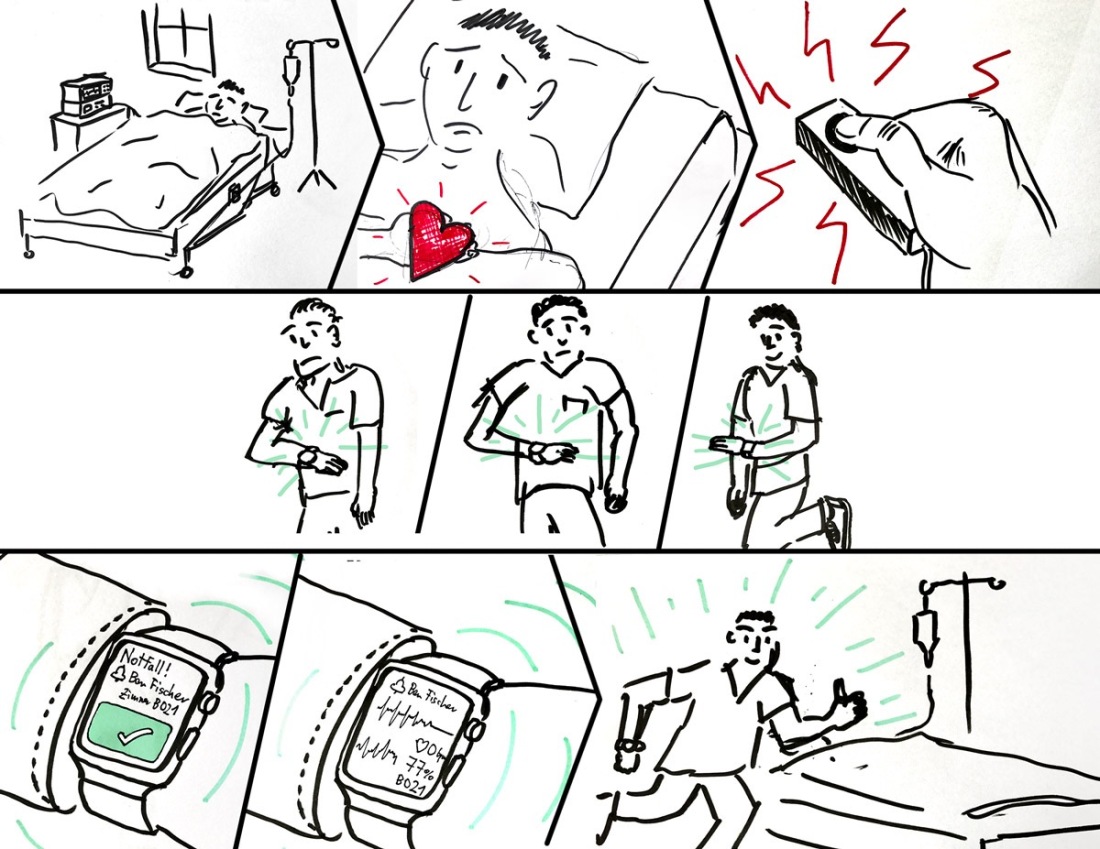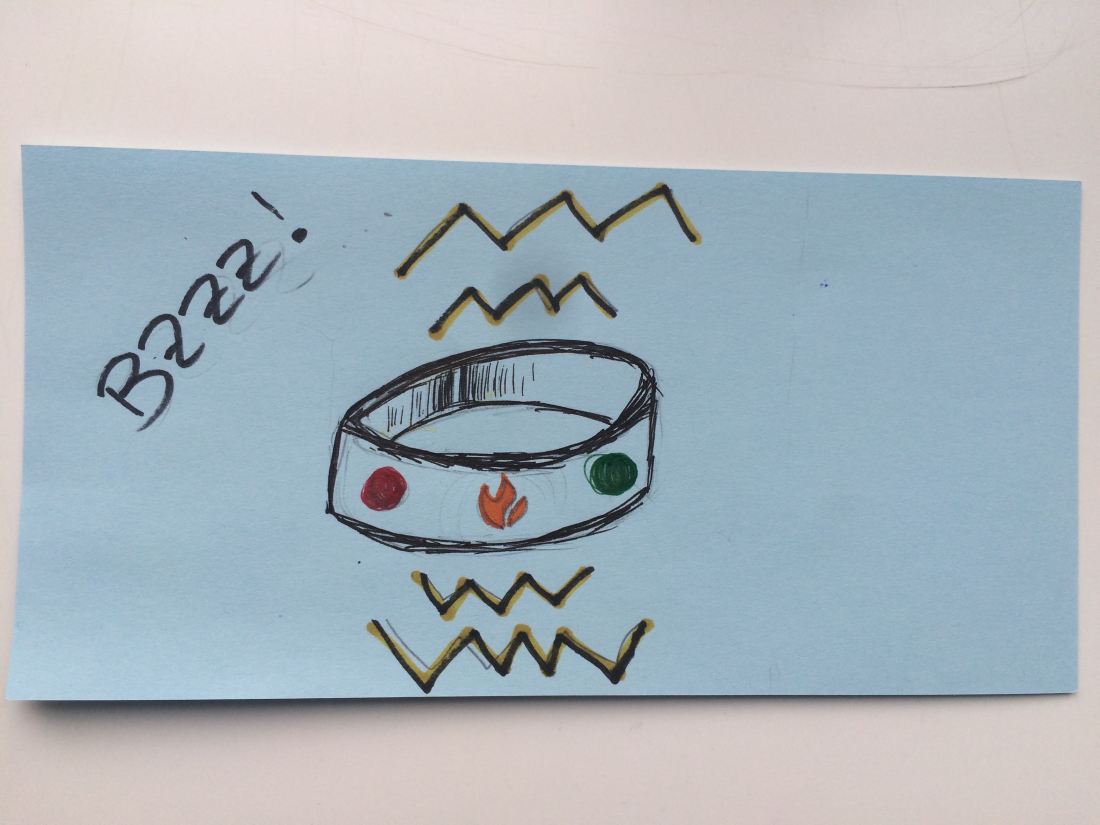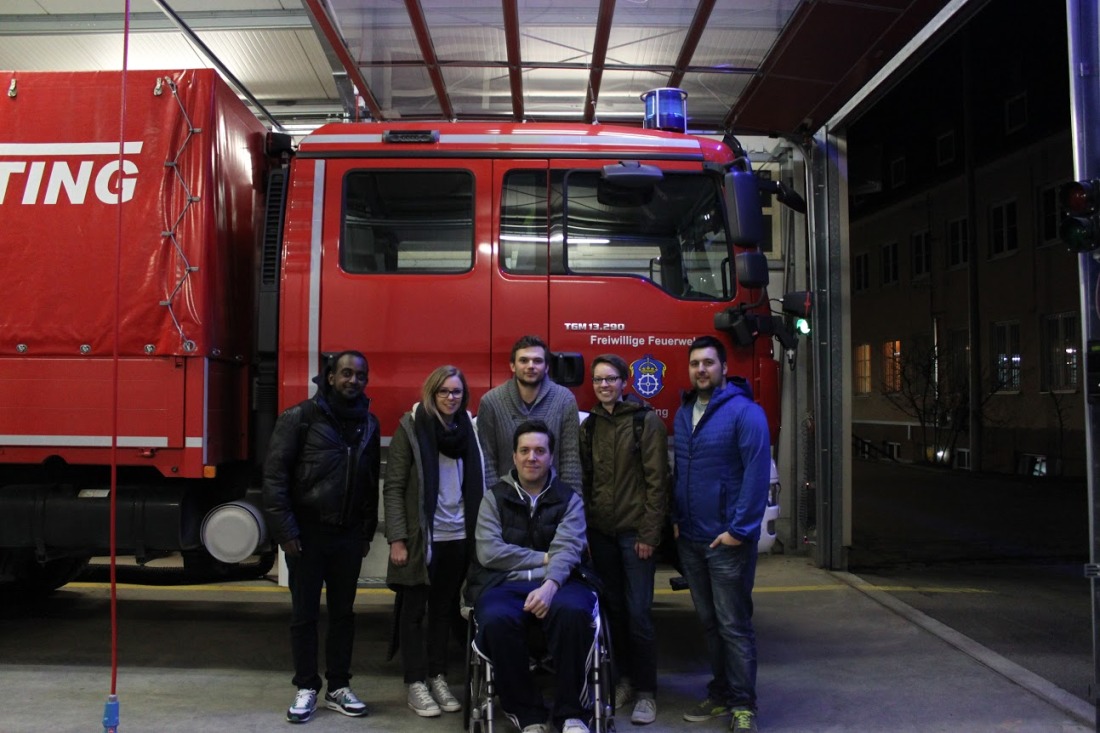During our research, we realized that gamification is a powerful tool to motivate children to learn. Especially in schools for children with special needs, it is essential to get the pupils’ attention with interactive learning methods.
Our approach is to teach pupils in a playful and interactive way, so that the children stay focused on a task and get the opportunity to work together in small groups. This way, they can help each other to solve problems and improve their social skills. The main idea of our concept is that the children succeed together as a group. Besides that, the teacher can adapt the difficulty level of tasks if necessary. This should help to minimize the frustration level in case a task cannot be solved by a group.
Every task is visualized as an in game 2D boss. When all groups have solved their individual tasks, the boss is defeated, and they level up. This encourages cooperative working and reduces competitive thinking, as all groups have to succeed to defeat the boss. There is not a necessary amount of people to form a group, so the group building is up to every teacher and technically, every group could also consist of only one pupil. In this case, teachers could let every child work on their own tasks and maximize individualization, but the boss is still only defeated when all children solve their tasks. Another helpful feature is that teachers can create tasks and share them with other teachers to simplify their work process.
We think that our learning app is an innovative and helpful way to improve pupils’ and teachers’ everyday life.
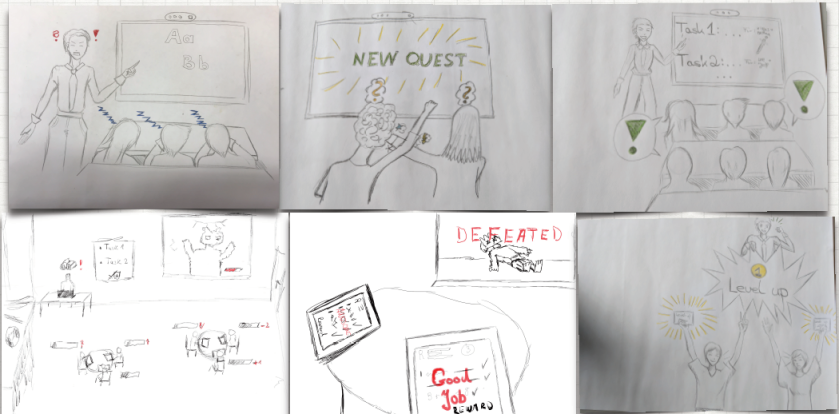 During our research on schools for children with special needs, the most asked for feature in a digital tool was individualization. So we came up with an App which allows special individualization and also focuses on gamification. As our research showed gamification is highly motivating for children in general and simplifies the learning process of topics that are normally considered dull. The core idea is to motivate children to learn in small groups by solving special quests individually designed by the teacher. Only when all groups have successfully finished their task, the main goal is achieved, visualized as a 2D in game boss. During this process the teacher can adapt the difficulties for each individual pupil, so everyone has a chance to contribute equally to the group success. This strengthens the classes’ collaboration to solve a problem, and excludes competitive or conflict-based thinking.
During our research on schools for children with special needs, the most asked for feature in a digital tool was individualization. So we came up with an App which allows special individualization and also focuses on gamification. As our research showed gamification is highly motivating for children in general and simplifies the learning process of topics that are normally considered dull. The core idea is to motivate children to learn in small groups by solving special quests individually designed by the teacher. Only when all groups have successfully finished their task, the main goal is achieved, visualized as a 2D in game boss. During this process the teacher can adapt the difficulties for each individual pupil, so everyone has a chance to contribute equally to the group success. This strengthens the classes’ collaboration to solve a problem, and excludes competitive or conflict-based thinking.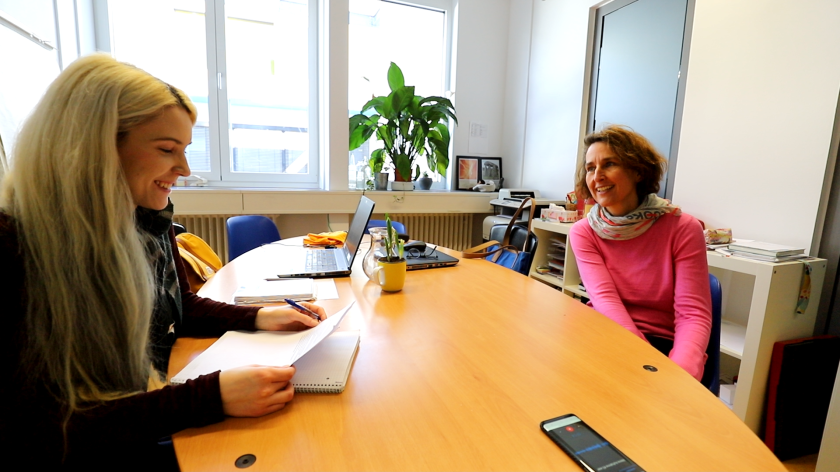 Education for children with special needs is a field where digitalization is mostly left behind, because it is not in the primary focus of development. Nevertheless it is important that these children learn with digital tools and how to use them properly. For this reason we set our goal to find ways to improve the learning experience for children with special needs through the use of modern technologies.
Education for children with special needs is a field where digitalization is mostly left behind, because it is not in the primary focus of development. Nevertheless it is important that these children learn with digital tools and how to use them properly. For this reason we set our goal to find ways to improve the learning experience for children with special needs through the use of modern technologies.